Savour a behind-the-scenes taste of afternoon tea at Claridge’s, a landmark London hotel and royal favourite
Preparation begins the night before at about midnight,” explains Martyn Nail, Executive Chef at Claridge’s hotel in Mayfair, which has been concocting exquisite selections of finger sandwiches and sweet pastries for the best part of 150 years. “Our touriers (overnight bakers responsible for the breakfast pastries and bread) are the first link in the chain. They begin by making the dough and allowing it to prove, before baking it in the early hours of the morning,” Martyn continues, as he details the well-oiled machine that is Claridge’s kitchen on a normal working day.
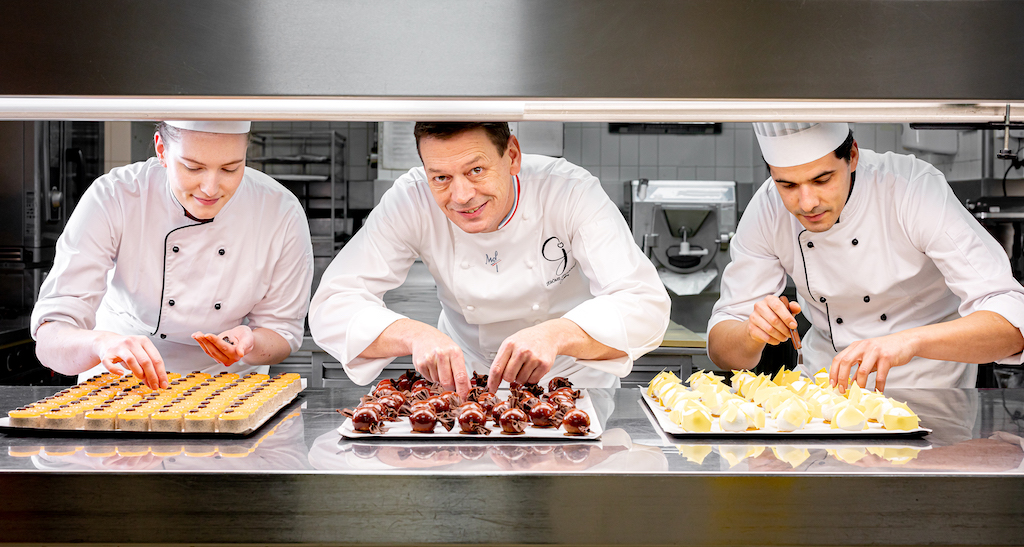
“They then hand over to the day-shift pastry chefs, who make the cakes and scones. The sandwich fillings are then prepared mid-morning and the sandwiches themselves are assembled just before service.” The near-military precision of the procedures and personnel busy at work behind the scenes is a prerequisite to the seamless service showcased front of house at Claridge’s.
In the grand Foyer, where afternoon tea is served daily, there is, in contrast to the kitchen, a comforting air of calm. Guests are waited on with the utmost patience and diligence by staff impeccably dressed in white, who glide discreetly between tables. The walls are mirrored, lending both an intimate and expansive feel to the room, the latter aided by sky-high ceilings. Hypnotic melodies emanate from the grand pianist and cellist in the corner.
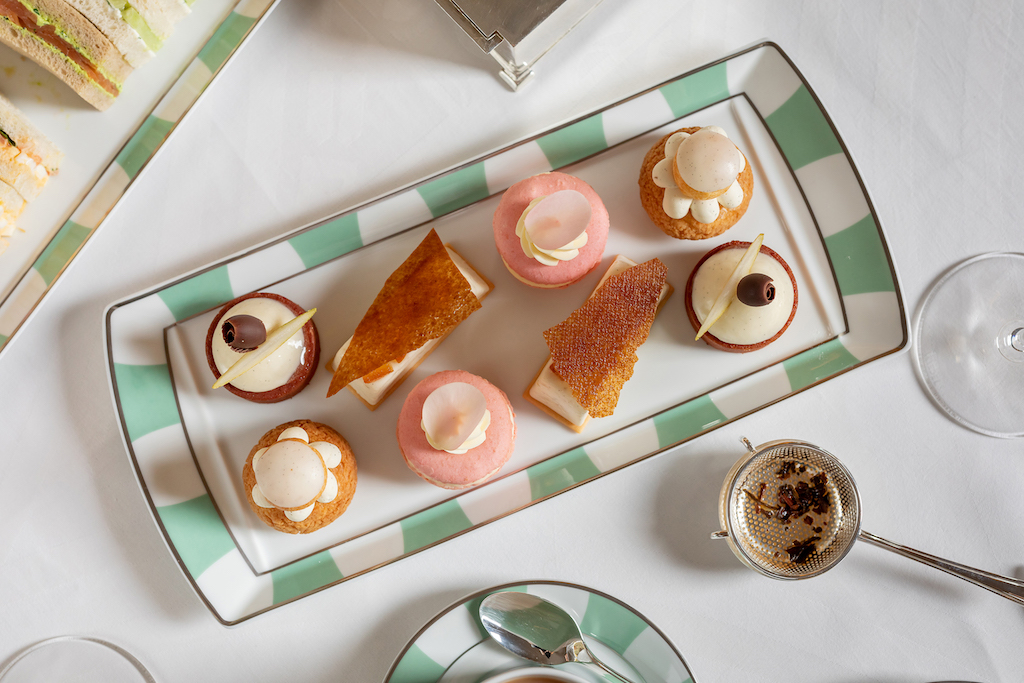
It’s no surprise that the elegance of Claridge’s afternoon tea is now synonymous with royalty and the aristocracy, a reputation first earned by the hotel when Queen Victoria and Prince Albert visited in 1860.
This five-star London institution has been advocating the hedonistic consumption of afternoon tea for almost as long as it has existed. Almost all of us can empathise with Anna Russell, the 7th Duchess of Bedford, who has gone down in history as the originator of the English afternoon tea.
It was around 1840 when she first noticed that she became hungry at around four o’clock each afternoon, in that barren (and possibly slightly boring, if you’re a Duchess) time period between lunch and dinner. So the Duchess requested a tray of tea, cake and some bread and butter to be brought to her room, staving off the hunger pangs that usually arrived during the final few hours before her dinner was served at eight. Initially a solitary habit, the Duchess soon realised it was a great opportunity – or excuse – to invite friends over.
In fact, her lifelong friendship with Queen Victoria marked the start of the monarch’s own penchant for a late-afternoon bite to eat, which grew so strong that the Queen’s favourite cake, the Victoria Sponge, came to be named after her in the final years of her reign. Thus from pragmatic beginnings, afternoon tea flourished into a national love affair and social ritual, with both indulgence and high society at its core.
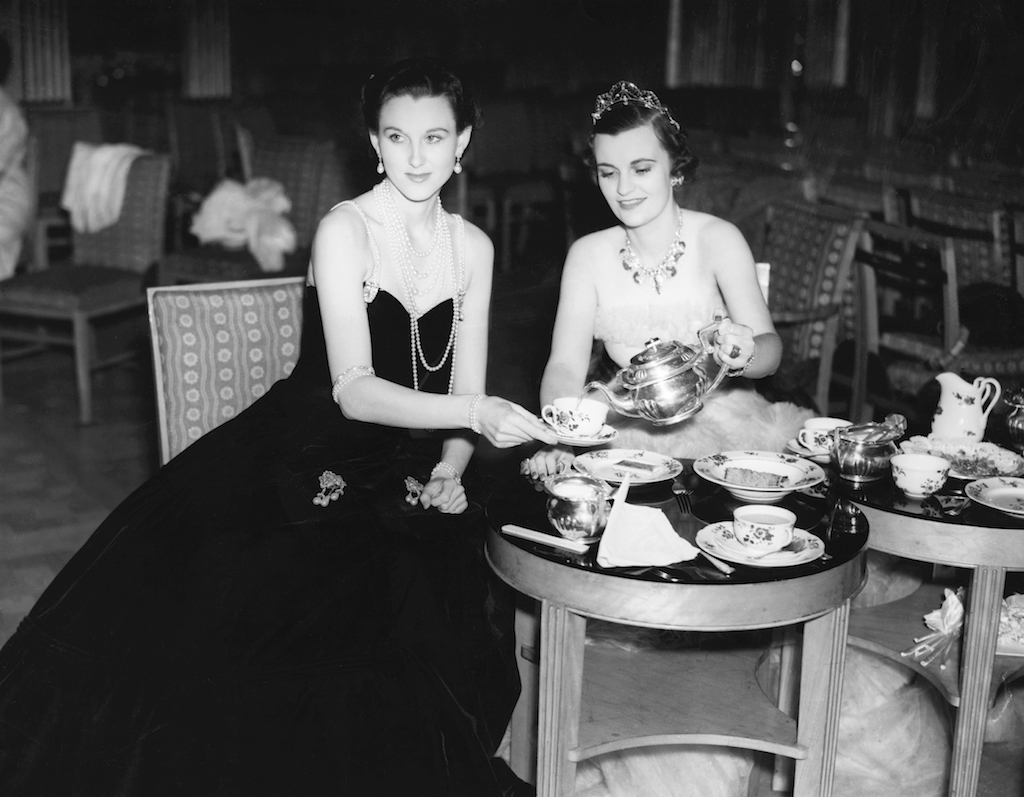
Nowadays plain bread and better just wouldn’t
cut the mustard (sorry, Duchess). Dorrington ham with caramelised apple, calvados and red endive on onion bread spread with cinnamon butter sounds more like it. “Our afternoon tea sandwiches are famous and a great deal of love and care goes into making them,” says Executive Head Chef, Martyn.
Nevertheless, Claridge’s doesn’t rest on its laurels. The team are constantly innovating in the kitchen, reviving traditional flavours and establishing modern classics with the arrival of each season. “Picking different breads to pair with fillings is exciting: there’s rye, malt, granary, brown, onion or plain white,” continues Martyn.
While experimentation is encouraged, one rule is always honoured on the sandwich stand: “The perfect afternoon tea sandwich should be two-thirds bread and one-third filling,” states Martyn.
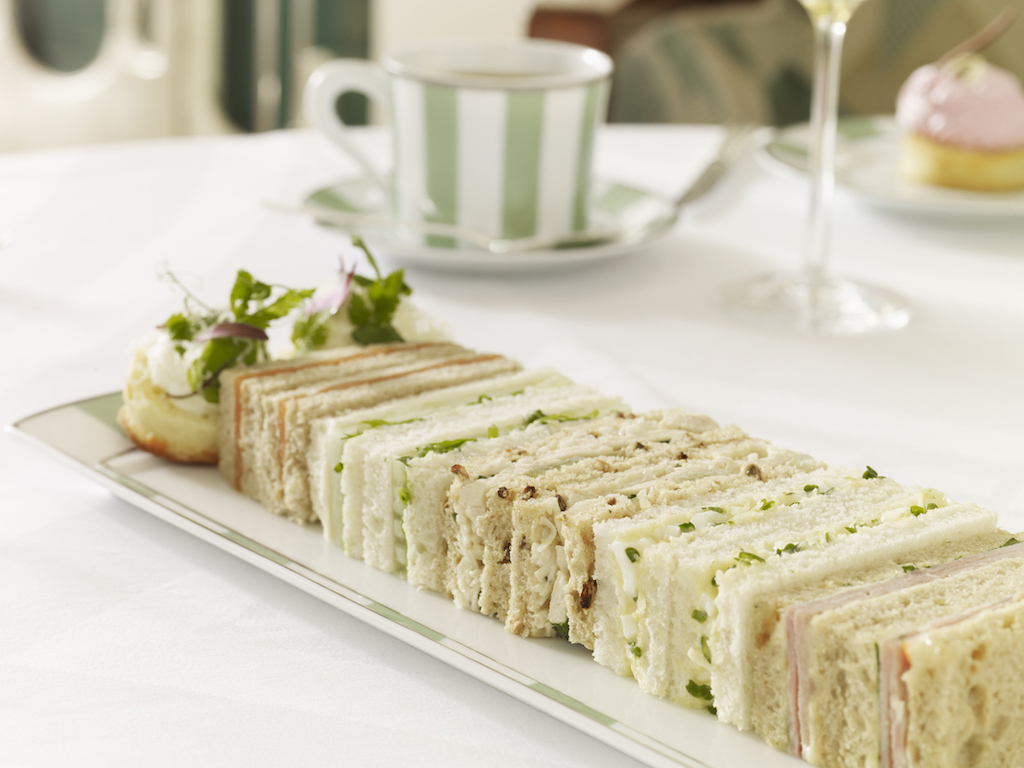
The attention to detail employed by Martyn and his team is impressive. Many guests may not even notice some of the techniques responsible for tiny morsels of added value here and there. The bread, for example, is laterally sliced, unlike bread cut for toast, so that it retains its shape better and is more pleasurable to look at and eat.
Of course, those with a sweet tooth will find their eyes drawn not to the sandwiches, but the dainty and colourful array of cakes and pastries. Martyn admits that these are the most difficult aspect of the afternoon tea spread due to their delicacy and the high level of quality the chefs at Claridge’s hold themselves to: “We create more than 600 cakes per day and the last one to be plated must be as perfect as the first.” The range on offer is also important to get right, with a balance of chocolate and fruit flavours that must complement each other.
Popular at Claridge’s at the moment is the Religieuse, a French pastry which Jérôme Chaucesse, Claridge’s’ French pâtissier-in-residence, introduced to the menu. “It’s made out of two choux pastry cases – one larger than the other – that are filled with crème pâtissière and then decorated with piped buttercream frosting in a shape that resembles a choir boy,” Martyn explains. “Jérôme creates many variations of the Religieuse, but my personal favourite has a passion fruit filling and is covered with a layer of milk chocolate ganache.”
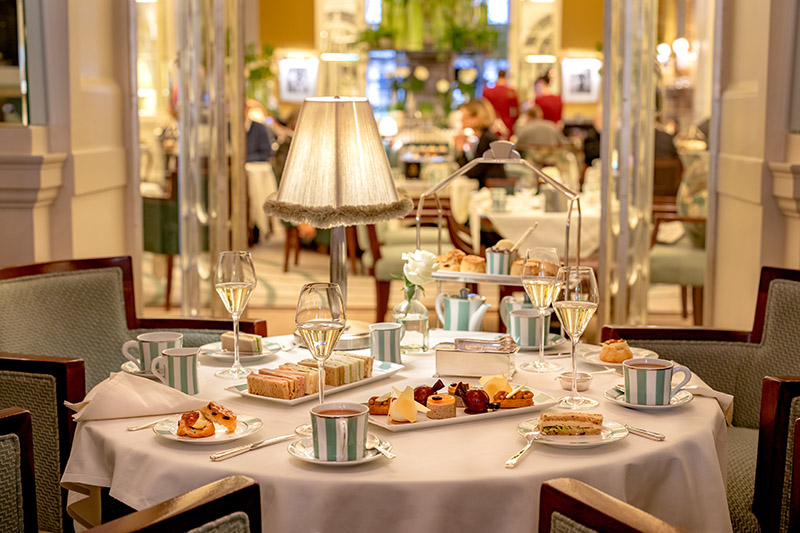
Jérôme is a key player during afternoon tea service at Claridge’s, not least because his expertise is extremely highly regarded in the industry. Having been a pastry chef for more than 30 years, in 2015 he won the MOF award (Meilleur ouvrier de France Pâtissier Confiseur, a craftsman competition that is held every four years) in the highly contested pastry category.
Accolades aside, Claridge’s must progress with the times to remain at the top of its game. Martyn concedes that “British tastes have changed over the years. Our guests prefer lighter flavours now. A rich fruit cake, which would have been an afternoon tea staple 15 years ago, is not so popular now. The food scene in London is so diverse and international now that guests expect more than the traditional, say, lemon drizzle.”
That said, there is one thing that remains central to afternoon tea and, ultimately, Britain as a nation: the drink itself. “Our wonderful tea connoisseur, Henrietta Lovell has scoured the world to bring us delicious tea from small, little-known producers,” Martyn says proudly. “Our team know their teas as well as sommeliers know their wines.” As a guest, he suggests asking a member of your waiting staff for their recommendations, which will vary depending on whether you are tucking into sweet or savoury treats next. “Usually guests are keen to try a different tea with each course and so may well drink six cups in one afternoon,” Martyn reveals.
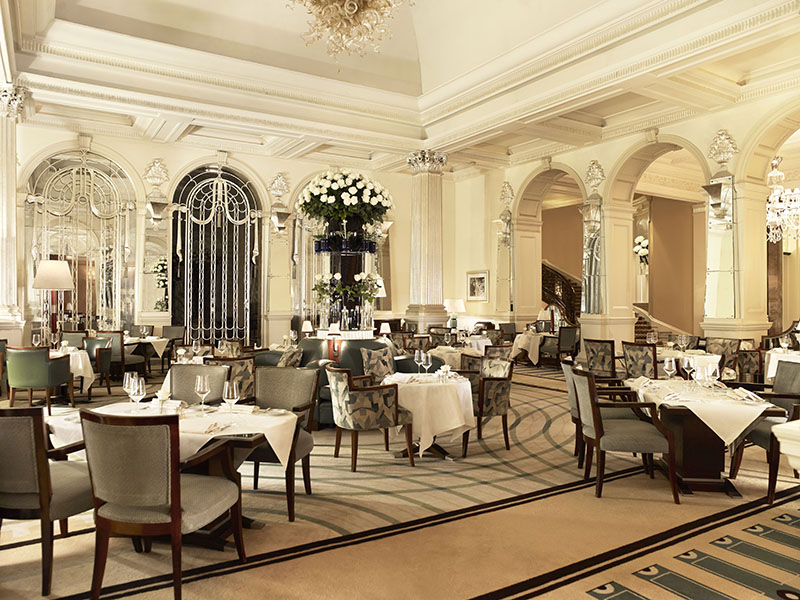
Indeed afternoon tea is far from a grab and go affair. As author Henry James wrote in his 1881 novel The Portrait of a Lady, “there are few hours in life more agreeable than the hour dedicated to the ceremony known as afternoon tea.” We’d go as far as to dedicate a couple more. For as with any culinary ceremony, the simple anticipation of every bite takes up half the time and provides half the pleasure.
One question you’re sure to consider, while sipping on a botanical blend, is whether to slather your soft, warm scone in cream or jam first. Claridge’s have a clear stance on this (they spearhead the ‘cream first’ crowd), but we think you have a good chance of winning that particular debate. After all, the first rule of hospitality is that the customer is always right.

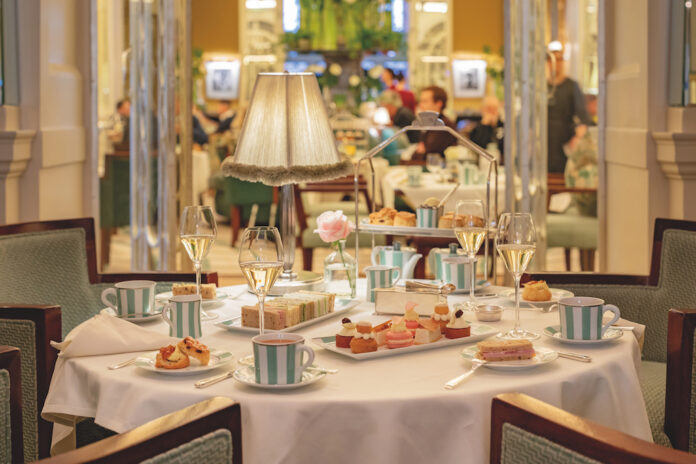




 © 2024
© 2024